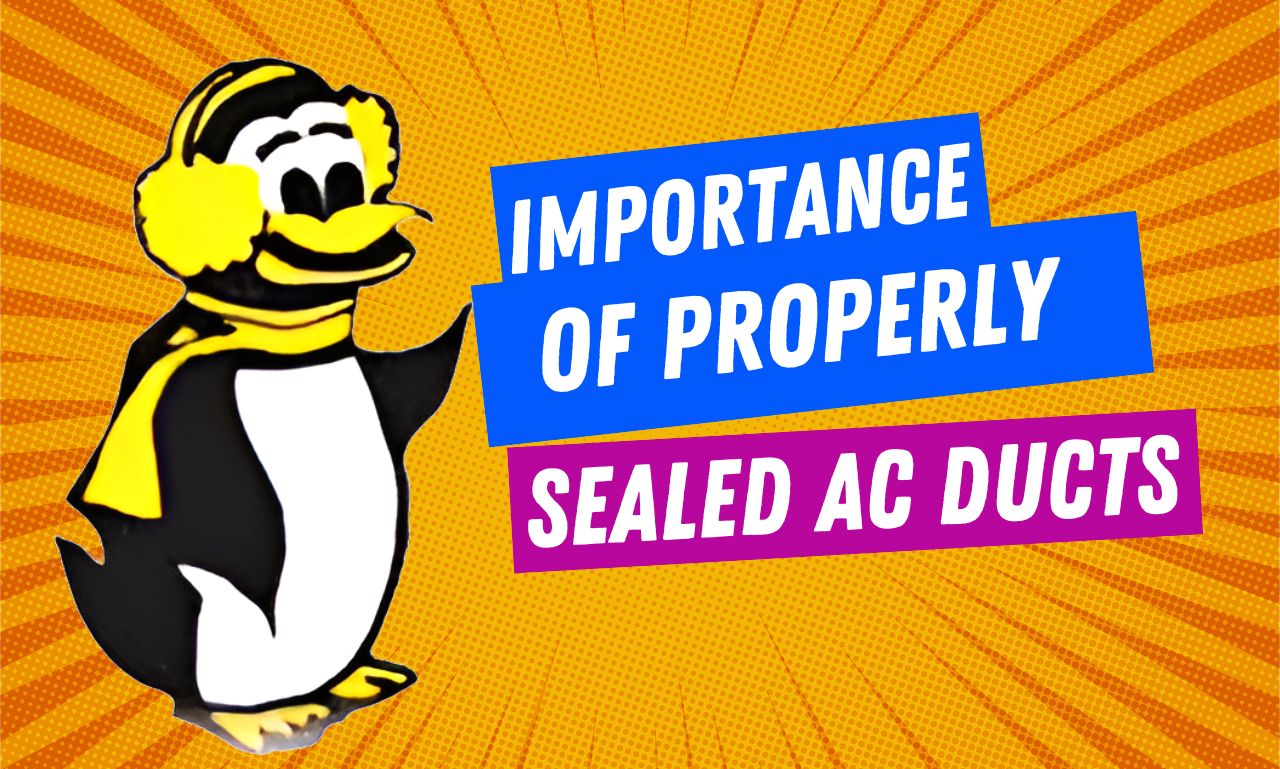How Does a Programmable Thermostat Save You Money on Energy Bills?

According to the Department of Energy, a programmable thermostat can save you up to 30 percent on your energy bill. But how does it work? And which type is best for you? Here’s what you need to know.
Homeowners looking to shave dollars off their energy costs should consider installing a smart thermostat. According to the United States Department of Energy, these devices can save users up to 30% on their heating and cooling costs. But with so many models available on the market, which one is right for you? This blog post will explore the different smart thermostats available and explain how they can help reduce energy usage. So whether you’re upgrading your current unit or installing one for the first time, read on for information that can help save money and slash your energy costs
How do programmable thermostats work?
Programmable thermostats save energy by turning off your furnace or air conditioner when you don’t need it. If you set your thermostat to turn on at 6am but don’t wake up until 7am, the furnace or air conditioner will run for one hour longer than it needs to. By programming your thermostat, you can ensure that your furnace or air conditioner is only running when needed. You can also set different temperatures for different times of the day. For example, you might set the temperature to be cooler at night while sleeping and warmer during the day when you’re away. This can save you significant money on your energy costs over time.
Why should you install a programmable thermostat in your home?
Programmable thermostats can save you money on your energy bills by helping you reduce your energy usage when you’re not home. By setting the temperature for specific times of the day, you can ensure that your home is only heated or cooled when needed. For example, suppose you set the temperature lower when you’re not home during the day. In that case, you can save money on your energy consumption by not heating or cooling an empty house. You can also set the temperature to be higher when you’re sleeping, so you don’t have to heat or cool your bedroom while you’re not using it.
In addition to saving money on your energy bills, smart thermostats can also help improve your home’s comfort level all year round. By customizing the temperature settings for specific times of the day, you can ensure that your home is always at a comfortable temperature whenever you need it to be. So whether you want your home to be cool in the summer and warm in the winter or vice versa, smart thermostats can help you achieve that desired level of comfort.
The benefits of using a programmable thermostat to save energy
Did you know that heating and cooling account for about 48% of the energy use in a typical U.S. home, making it the most significant energy expense for most families? However, there are simple ways to maximize your energy savings without sacrificing comfort. One of the best ways is to install a smart thermostat.
Smart thermostats are designed to save energy by automatically adjusting the temperature in your home according to a set schedule. It can give you about $180 in yearly energy savings, and they’re easy to use.
Most people are comfortable with a temperature difference of 2-4 degrees, so there’s no need to turn the heat down when you leave for work in the morning. With a smart thermostat, you can customize heating schedules. You’ll never have to worry about forgetting to turn the heat down again.
Simply set the thermostat to lower the temperature when you’re asleep or away from home, and raise it again when needed. This way, your HVAC system won’t be working overtime to heat or cool an empty house.
Types of Programmable Thermostats
There are a few different types of programmable thermostats on the market, each with its features and benefits. Here are some of the most popular options:
Wi-Fi Thermostats
Wi-Fi thermostats offer remote access and control via a smartphone or tablet app. This means you can adjust the temperature in your home even when you’re not there. Some models also have built-in energy-saving features like automatic temperature adjustments based on the weather outside.
Smart Thermostats
Smart thermostats are similar to Wi-Fi thermostats but also include additional features like learning your heating and cooling preferences over time, detecting when someone is home, and providing real-time feedback on your energy usage.
Nest Thermostats
Nest thermostats are one of the market’s most popular smart thermostat options. They come with all the features you would expect from a smart thermostat. And a few extras like an integrated carbon monoxide detector and emergency shutoff for your furnace or air conditioner.
Installing a Programmable Thermostat in Your Home
Installing a programmable thermostat is a relatively easy do-it-yourself project that should only take about 30 minutes. Most programmable thermostats come with detailed instructions that will walk you through the process step-by-step. However, if you’re not comfortable doing it yourself, our team of professional HVAC technicians would be happy to help.
Here’s a quick overview of what you’ll need to do:
1. Start by turning off power to your HVAC system at the circuit breaker box.
2. Remove the old thermostat’s cover plate from the wall using a screwdriver or drill.
3. Disconnect the wires from the terminals on the old thermostat and label them, so you know which wire goes where.
4. Connect the wires to their corresponding terminals on the new thermostat according to the wire labels you made earlier. If there are loose wires, twist them together and tuck them into the terminal clamp so they don’t come loose later.
5 . Install batteries in the new thermostat (if required) and screw on the new cover plate snugly but don’t over tighten it—you don’t want to crack the plate!
6 . Turn the power back on to your HVAC system at the circuit breaker box and test your new thermostat according to the manufacturer’s instructions.
How to Use a Programmable Thermostat
Using a programmable thermostat is simple once it has been installed. Simply set the schedule for each day of the week and the temperature for each time of day. Once the energy savings modes have been programmed, the thermostat will automatically adjust the temperature based on the schedule. If you ever need to make changes to the schedule or temperature, simply access the menu on the thermostat and make the changes as needed.
Programming Your New Thermostat for Energy Savings
Proper programming is key to achieving maximum energy savings with a smart thermostat! Here are some tips for getting started:
Set it and forget it: Once you’ve programmed your thermostat, resist any temptation to make manual adjustments outside of scheduled times—every degree counts when saving energy!
Use setback periods wisely: A well-timed setback period can save you up to about 10% on heating and cooling costs annually.* Setting temperatures too far back can result in discomfort when occupants return home or wake up suddenly needing heat or AC (think groggy early mornings). We recommend starting with small setbacks of 1-2 degrees during periods when occupants are typically away from home or asleep.
Installing a programmable thermostat is an easy way to save money and enjoy energy savings. Most thermostats have detailed instructions that will walk you through the installation process. Still, if you’re not comfortable doing it yourself, our team of professional HVAC technicians would be happy to help. So, call us at 972-422-1505 and ask about our programmable thermostat installation services!





